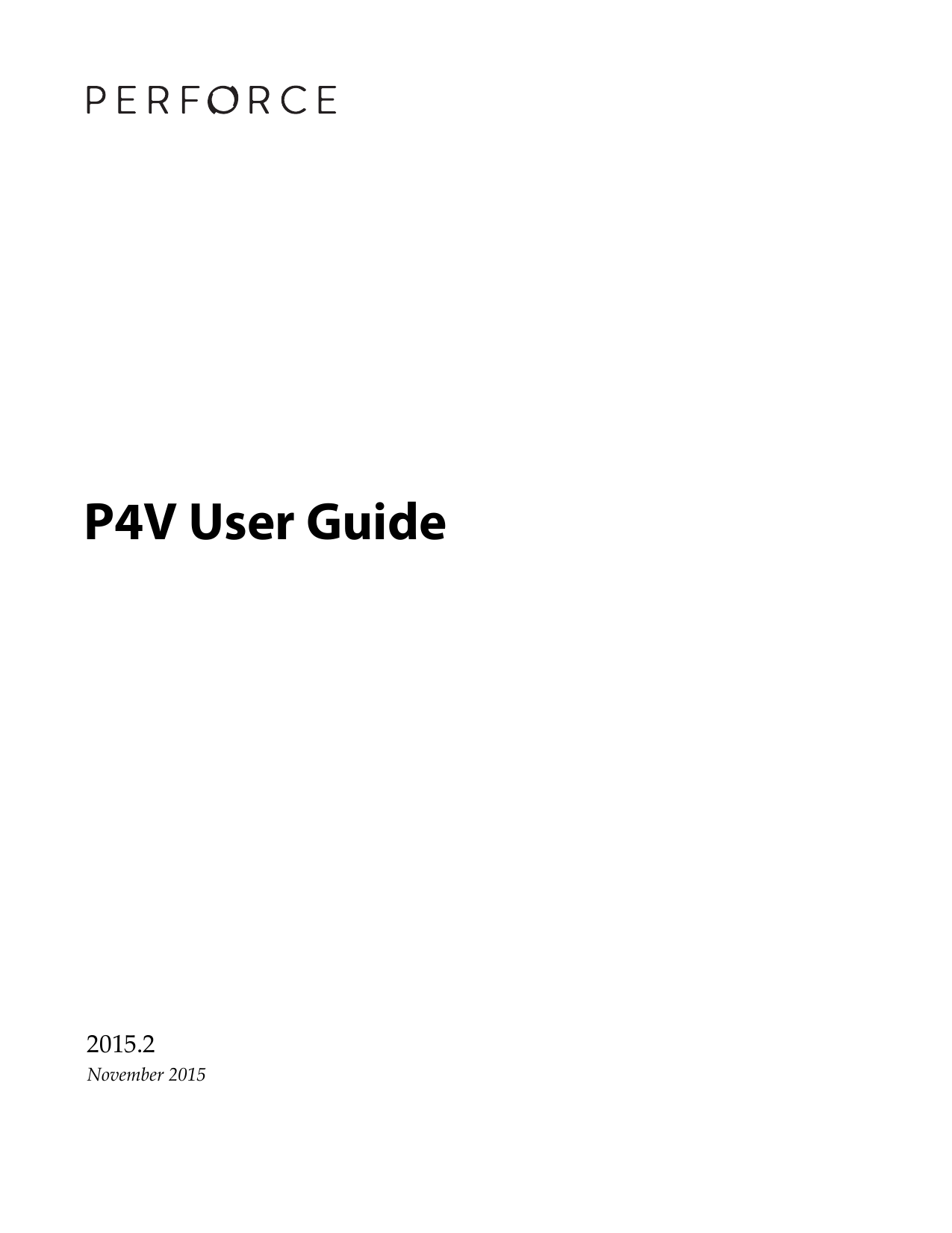
In particular, if a file in commit A and a file in commit B have the same content-regardless of the two files' names as stored in the two commits-Git will share the object that holds the file's content. Other objects have hash IDs too, but other objects need not be unique. They are, in a sense, the true names of the commits. You'll see these hash IDs all the time, or abbreviated versions of them, in git log output for instance. While there are four types of objects internally, you mostly deal with commit objects. The big database holds all the Git objects. (With a promisor object, your repository could have the commit but defer copying the file object, replacing it with a promisor.)Ī Git repository is little more than a database, or rather, a pair of databases. If not, the repository is damaged and un-clone-able. If you put in a large file at one point and committed it, that commit has that file.Ī commit that says I have file path/to/file.ext as version means that your Git must have the corresponding object.
#PERFORCE DOWNLOAD OLD VERSIONS FULL#
Each commit is a full and complete snapshot of all of the files in that commit.

My repository doesn't have big files but when I clone it is still very big, probably that's because I used to have big files in repository then I deleted, but somehow it's there.Īgain, this is because Git does not store files. Then, as long as you don't actually need the object, you never know for sure whether you can really get it, because you never even try.

Instead, they just leave behind the URL of the source for the object. These objects aren't transferred into your repository yet. What you probably want here is a feature that is being added (however slowly) to Git, where Git can store what they call, internally, a promisor object.

Rather than storing files, Git stores commits. At this point in a clone, your Git is copying objects that have been compressed into a pack (all technical terms). As wjandrea said in a comment, Git doesn't exactly store files. Clone once, then update: updates are fast! Details The former produces a deliberately truncated clone, which has some limitations (but in modern Git, not that many and hence can still be useful).
#PERFORCE DOWNLOAD OLD VERSIONS UPDATE#
Making one clone and keeping it, and just using git fetch to update it. Using -depth or -shallow-since when cloning, and/or


 0 kommentar(er)
0 kommentar(er)
